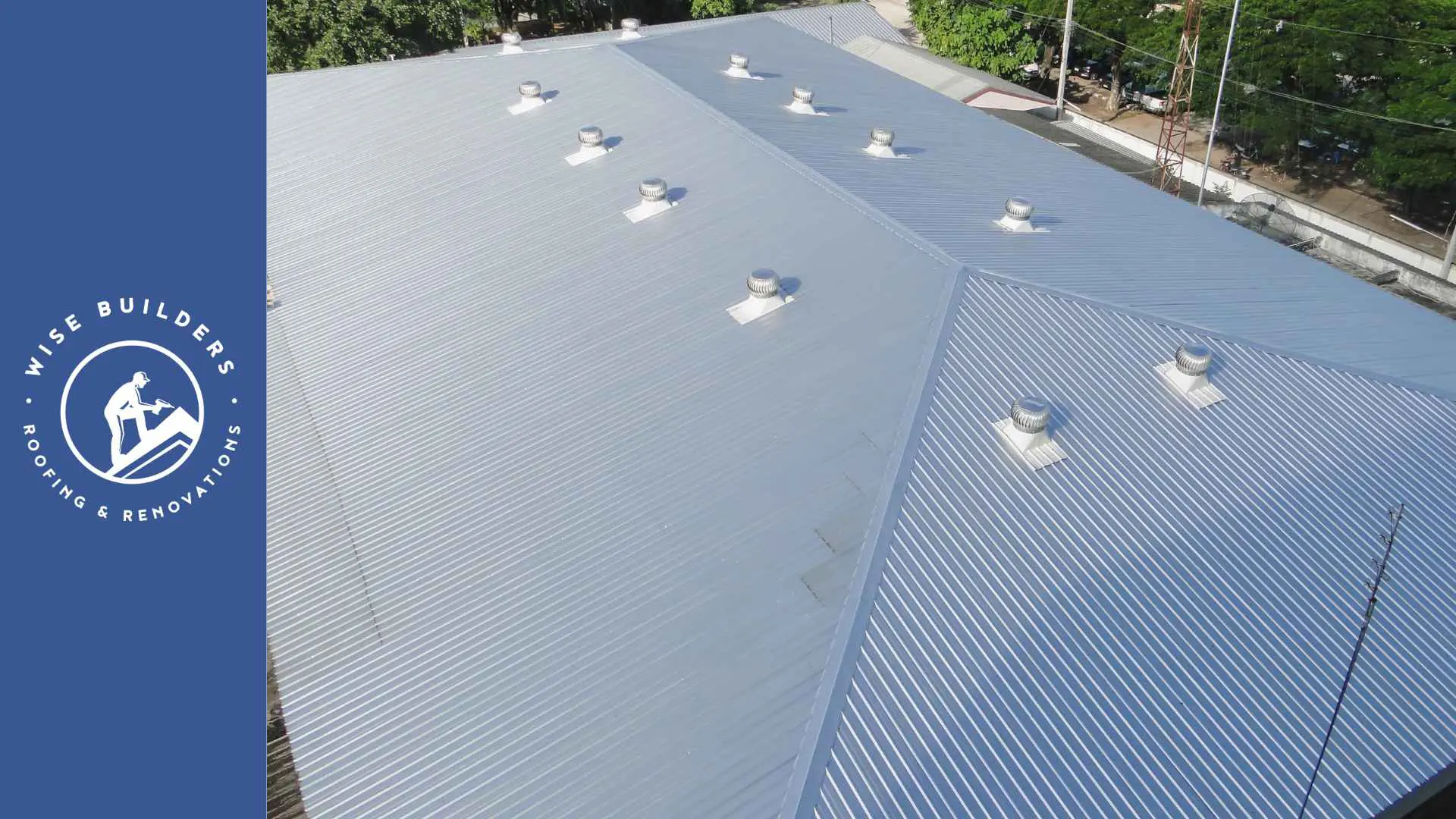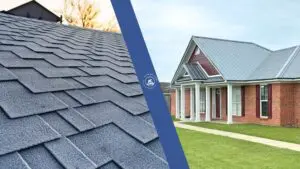Choosing the right roofing material is crucial for homeowners in North America looking to enhance their property’s durability, aesthetic appeal, and value. This comprehensive guide delves into the critical aspects of metal roofing and traditional asphalt shingles, offering insights to make an informed decision. Enjoy this blog by Wise Builders Roofing and Renovations.
Durability and Lifespan
Metal Roofing: A Long-Term Investment
Metal roofs boast a remarkable lifespan, often lasting 40 to 70 years depending on the material quality and little maintenance. Their resilience against harsh weather conditions, including high winds, heavy snow, and rain, makes them a good choice for various climates. Moreover, metal roofs are fire-resistant and can significantly reduce the risk of fire spreading from external sources.
Asphalt Shingles: Cost-Effective with Moderate Lifespan
Asphalt shingles, on the other hand, are known for their cost-effectiveness and are widely used across the United States. They typically offer a lifespan of 15 to 30 years, which, while shorter than metal roofing, can still provide proper protection and aesthetic appeal for many homes. Asphalt shingles are also easier to install and repair, making them a common choice for homeowners seeking a balance between cost and performance.
Aesthetic Appeal and Design Flexibility
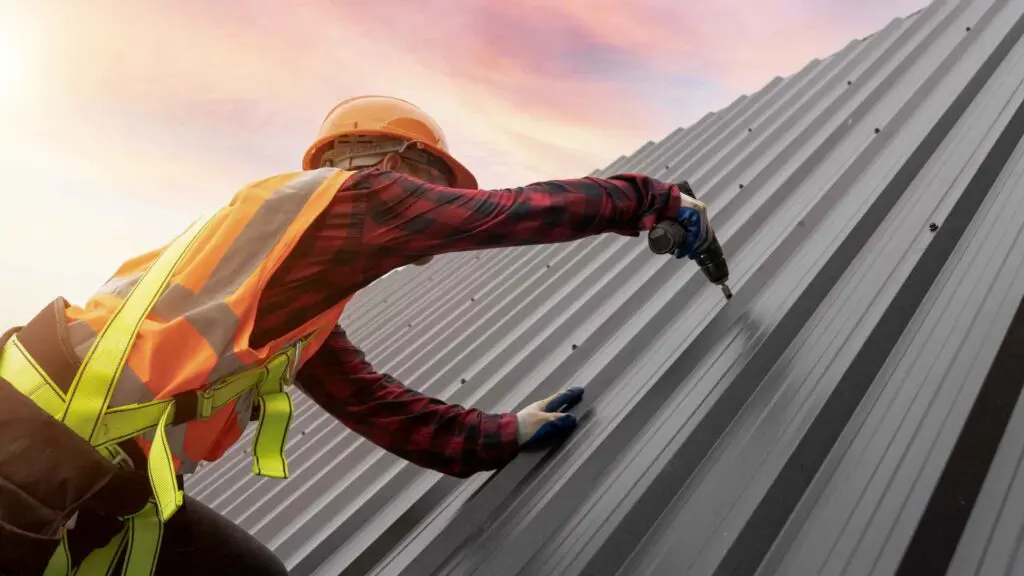
Metal Roofing: Modern and Versatile
Metal roofing presents a sleek, modern look that can be the popular choice perfect addition to a wide range of architectural styles, including industrial buildings. Available in a variety of colors and finishes, metal roofs can mimic the appearance of traditional roofing materials like clay tiles, slate, and even wood shakes. This variety allows homeowners to achieve a specific aesthetic without compromising on durability or maintenance requirements.
Asphalt Shingles: Classic and Widely Preferred
Asphalt shingle roofs are favored for their classic appearance and ability to blend seamlessly with most residential designs, including contemporary homes. With a broad selection of colors and textures, they can easily match the existing style of a home. Additionally, certain asphalt shingle roof products are designed to emulate the look of more expensive roofing materials, providing an attractive, cost-effective alternative.
Environmental Impact and Energy Efficiency
Metal Roofing: Eco-Friendly and Energy-Saving
Metal roofs are highly regarded for their environmental benefits. Most metal roofing materials are made from recycled content and are 100% recyclable at the end of their life. Their reflective properties can also reduce cooling costs by reflecting solar radiant heat instead of absorbing it, making metal roofs an energy-efficient option for homes in warmer climates.
Asphalt Shingles: Progressing Towards Sustainability
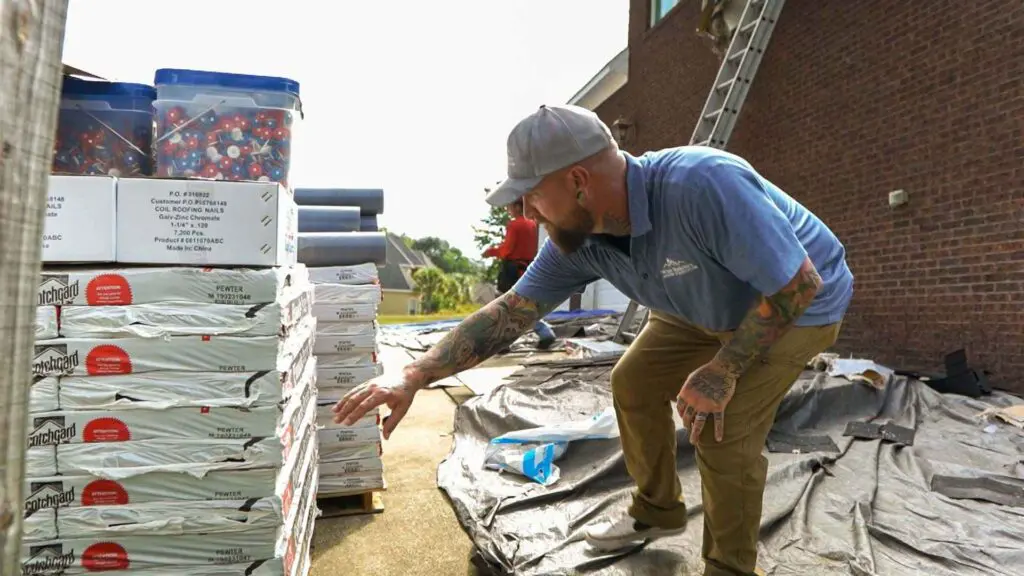
The roofing industry has made strides in improving the sustainability of asphalt shingles through recycling programs and the development of more eco-friendly manufacturing processes. While asphalt shingles are not as inherently energy-efficient as metal roofs, selecting light-colored shingles can help mitigate heat absorption and reduce heat transmission, ultimately improving a home’s energy efficiency.
Cost Consideration and Value
Initial Investment vs. Long-Term Savings
Metal roofing typically requires a higher upfront cost compared to asphalt shingles. However, the long-term savings in maintenance, repair costs, and potential energy savings can offset the higher upfront cost over time. Additionally, the durability and longevity of metal roofs make them ideal for extreme weather conditions, which can enhance a property’s resale value.
Asphalt Shingles: Affordability and Availability
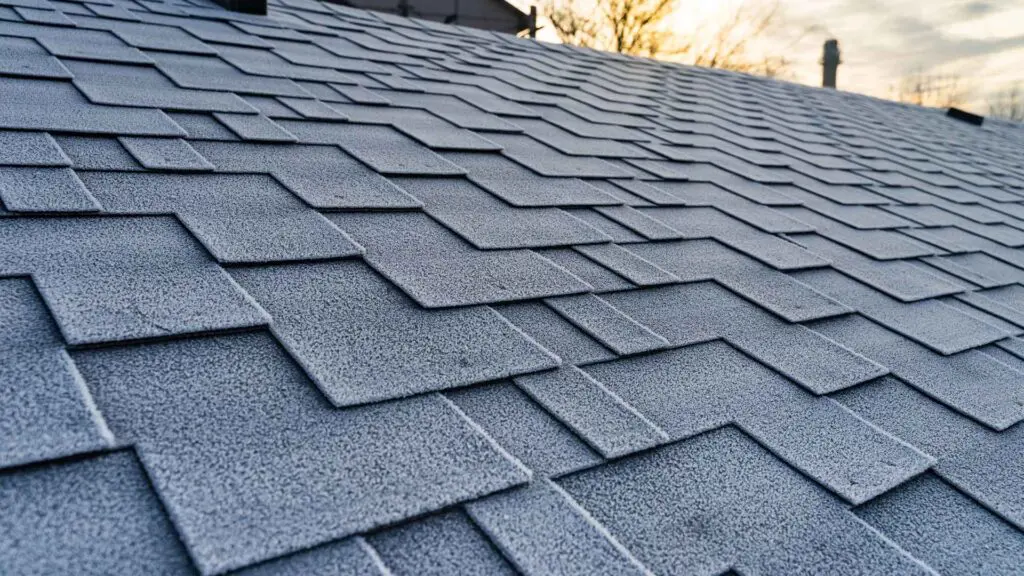
Asphalt shingles remain the most affordable and accessible roofing option for many homeowners. Their lower initial cost and widespread availability, as well as their noted curb appeal, make them a practical choice for those working within a tight budget or requiring a quick roofing solution.
Installation Process Differences
When it comes to the installation process, metal roofing installation typically requires specialized skills and tools, making labor costs higher and it more complex and time-consuming compared to asphalt shingle installation. Metal roofs are often installed using interlocking panels, which provide a secure fit and leave less room for error while being designed to withstand extreme weather conditions. This type of installation takes longer due to the need for precision and attention to detail, often requiring a skilled roofing contractor familiar with the specific techniques involved.
On the other hand, asphalt shingle installation is generally quicker and more straightforward. Shingles can be easily layered over an existing layer of roofing materials, cutting down on labor time and costs. The installation process is less labor-intensive, making it accessible to many roofing contractors. Consequently, homeowners may find that asphalt shingles offer a more immediate solution with shorter completion times, which can be particularly appealing for those looking to minimize disruption to their daily lives.
Maintenance Requirements for Metal vs. Asphalt Roofs
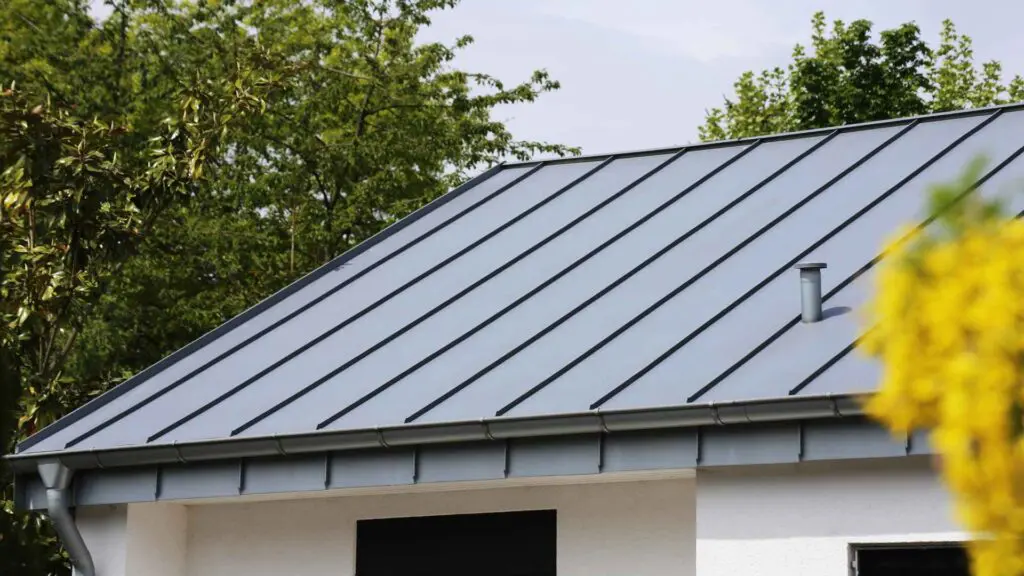
In terms of maintenance requirements, metal roofs are celebrated for their durability and low upkeep, especially when considering the type of roofing material. Typically needing less maintenance than asphalt roofs, they can withstand various environmental factors without significant wear over the long term. Occasional inspections for debris and a simple wash to remove dirt or algae are generally sufficient to keep metal roofs in excellent condition.
Conversely, asphalt roofs require a bit more attention. While they also offer a reasonable level of durability, they are more susceptible to wear from harsh weather conditions, especially in hot climates, which may necessitate more frequent inspections and repairs to keep the roof in good condition. It’s essential for homeowners with asphalt shingles to be vigilant about maintenance to prevent issues like missing shingles or algae growth, which can impact the roof’s longevity and overall performance.
Extreme Weather Performance: Metal vs. Asphalt
Metal roofs excel in extreme weather conditions, showcasing their resilience against strong winds, heavy rain, and snow. While they can dent under severe hail, their overall structure remains intact, providing reliable protection. In contrast, asphalt roofs may struggle under similar conditions. High winds can dislodge shingles, while heavy rain can lead to water pooling, increasing the risk of leaks.
Moreover, metal roofing’s ability to shed snow and resist fire makes it a favorable option in regions prone to wildfires or heavy snowfall, highlighting the benefit of metal roofs. Homeowners should consider these factors when selecting roofing material, particularly in areas known for extreme weather patterns.
Wildfire, Hail, Tornado, Hurricane, and Flood Resistance
- Wildfire Resistance: Metal roofing is highly resistant to fire, often rated Class A, making it an excellent choice for homes in wildfire-prone areas.
- Hail Protection: Metal roofs can withstand hail impacts, although they may dent. Choosing roofs with a Class 4 impact resistance rating helps mitigate potential damage.
- Tornado Safety: Withstanding winds of up to 140 mph, metal roofs are well-suited for tornado-prone regions, minimizing the risk of roof failure during such storms.
- Hurricane Endurance: Metal roofs are often recommended in hurricane-prone areas due to their wind resistance and ability to shed rain effectively, preventing leaks.
- Flood Resilience: Unlike traditional asphalt shingles, metal roofs resist water damage better in flood-prone areas, making them a more reliable option when heavy rains occur.
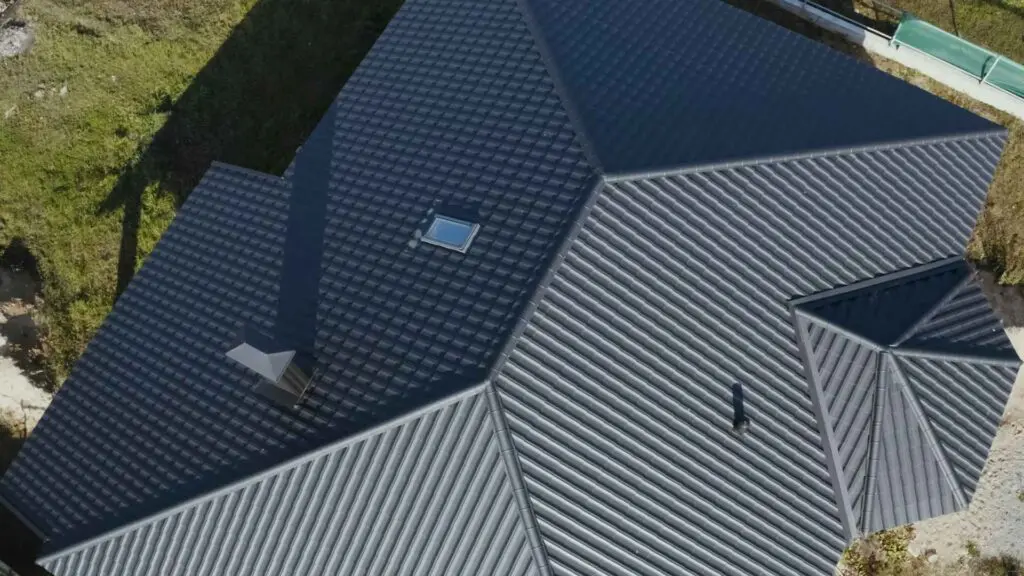
Homeowner Association (HOA) and Neighborhood Considerations
When navigating roofing options, homeowners must also consider the guidelines set by homeowner associations (HOAs) and local neighborhood standards. Many HOAs prefer asphalt shingles for their classic appearance and compatibility with traditional architectural styles. This preference can limit homeowners’ choices, particularly if they seek to install metal roofing, which may not align with community aesthetics.
Additionally, neighborhoods often have unwritten rules regarding the types of roofing materials allowed. Homeowners should consult with their HOA before making a final decision to ensure compliance with community standards, avoiding potential fines or required replacements. Balancing personal preferences with community guidelines is essential for maintaining both property value and neighborhood harmony.
Conclusion
When considering a new roof, homeowners must weigh the benefits and drawbacks of metal roofing and asphalt shingles. Metal roofs offer unparalleled durability, energy efficiency, and environmental benefits but come at a higher initial cost. Asphalt shingles, while more affordable and easier to install, may require more frequent replacement and maintenance. Wise Builders Roofing and Renovations, located in Mobile, AL, specializes in providing top-quality roofing services tailored to meet the unique needs of each homeowner. Whether opting for the longevity of metal roofing or the traditional appeal of asphalt shingles, our expert team is dedicated to helping you make the right choice that enhances the beauty and functionality of your home.
We have built hundreds of fortified roofs. We are highly rated by the Better Business Bureau and Nextdoor and we have 5 stars on, Google, Trust Index and Facebook.
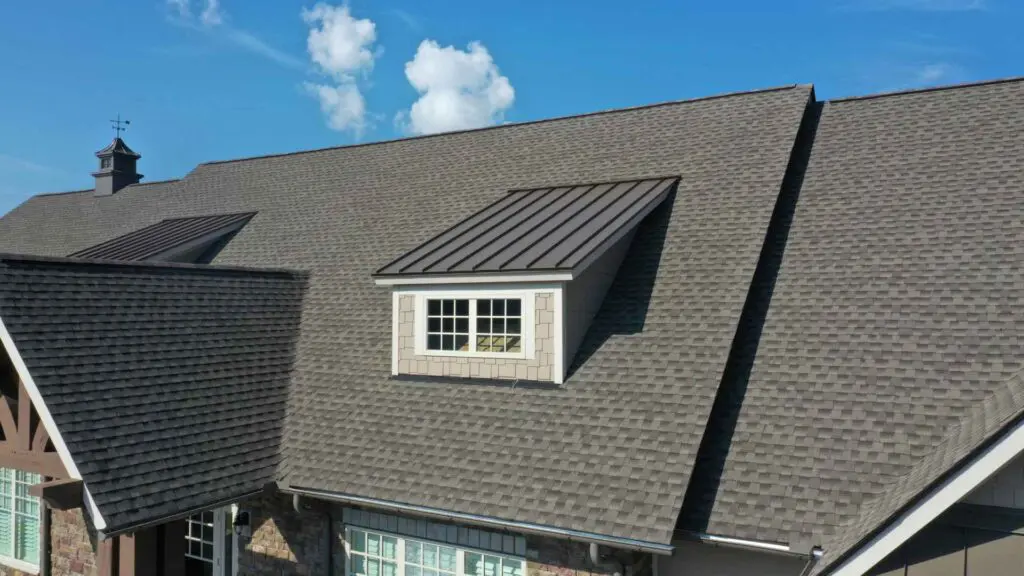
FAQ’s
What are the pros and cons of metal roofs compared to asphalt roofs?
Metal roofs offer durability and longevity, often lasting over 50 years, while asphalt shingles typically last 15-30 years. However, metal roofing can be costlier upfront, whereas asphalt is more budget-friendly. Ultimately, the choice between metal vs asphalt roof depends on individual needs, climate conditions, and long-term investment goals.
Which is better, an asphalt roof or a metal roof?
The answer to whether an asphalt roof or a metal roof is better depends largely on the specific needs and circumstances of the homeowner. Metal roofs excel in longevity, often lasting over 50 years with minimal maintenance, making them a wise long-term investment. Their energy efficiency can also lead to reduced utility bills, and their resistance to harsh weather conditions offers peace of mind. On the other hand, asphalt shingles are typically more affordable upfront and easier to install, making them an attractive option for homeowners on a tighter budget. However, they have a shorter lifespan and may require replacement or repairs more frequently than metal roofs.
Noise Considerations (Are metal roofs louder than asphalt roofs?)
Metal roofs can indeed be noisier during heavy rain or hail when compared to asphalt roofs. However, this concern can often be alleviated by installing insulation or soundproofing under the metal panels, creating a more tranquil indoor environment. Asphalt shingles, being heavier and denser, naturally dampen sound and may appeal to those prioritizing quietness in their homes. It’s essential to weigh these factors against the other benefits of metal roofing—such as energy efficiency and longevity—when making your decision.



